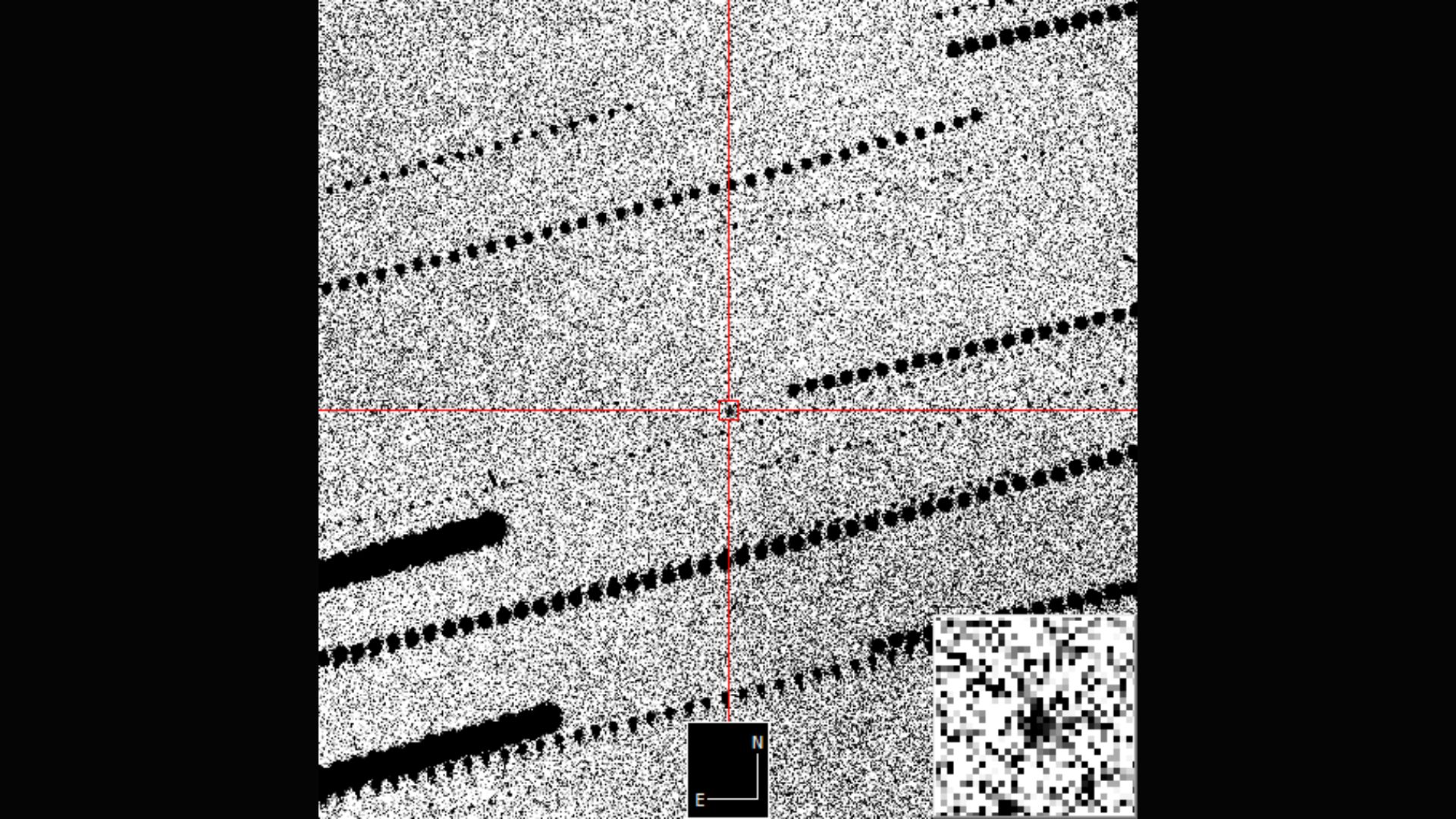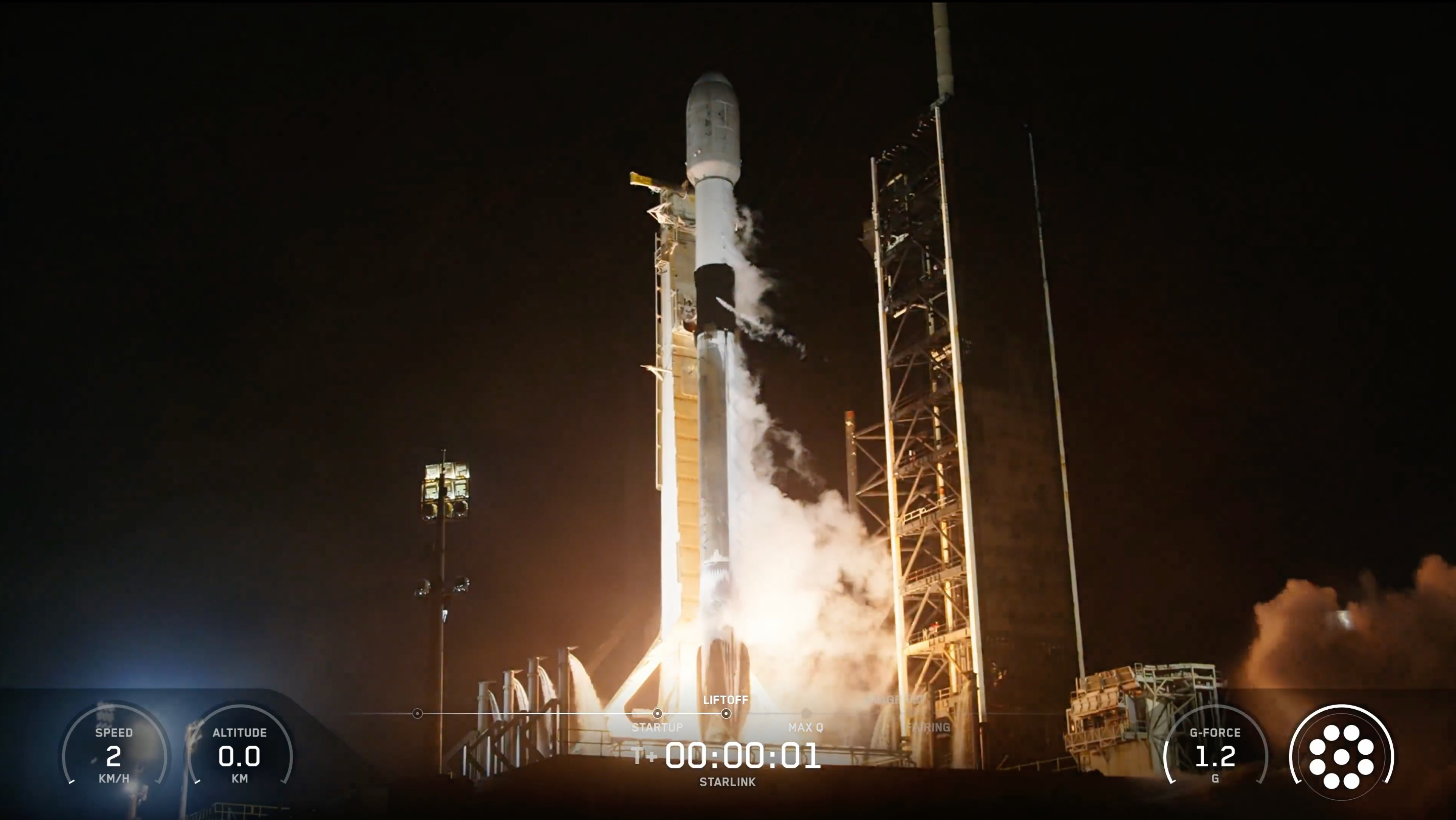Near-Earth asteroid zooms past Antarctica | Space photo of the day for Oct. 8, 2025
The asteroid gave us a reminder of our planet's vulnerability and the value of vigilant sky surveys.

On Oct. 1, 2025, the small asteroid known as 2025 TF whizzed past Earth at a distance of only 266 miles (428 kilometers) from our planet — roughly the same altitude as the International Space Station.
For a few fleeting moments over Antarctica, the near-Earth asteroid came closer than most functioning satellites.
What is it?
2025 TF is a small asteroid just 3 to 6 feet (1 to 3 meters) wide. It's considered a near-Earth asteroid because, like other space rocks in this category, it comes within 1.3 AU (astronomical units) of the sun, close enough to occasionally cross paths with Earth's orbit.
Other near-Earth asteroids can be larger, even getting up to a couple of miles wide. While most of these asteroids pose little threat, understanding their trajectories is crucial for assessing potential impact probabilities. Smaller asteroids, like 2025 TF, burn up harmlessly in the atmosphere or scatter small meteorites across Earth's surface. Larger ones, however, can cause regional or even global effects, such as the asteroid that killed the dinosaurs millions of years ago.
Where is it?
This image was taken by the Las Cumbres Observatory telescope in Siding Spring, Australia, according to the European Space Agency.
Why is it amazing?
There are many programs that detect near-Earth asteroids as part of countries' planetary defense strategies. In the case of asteroid 2025 TF, it was the Catalina Sky Survey, based in Arizona and operated by the University of Arizona, that first detected the asteroid hours after it passed Earth.
After the discovery, the European Space Agency's Planetary Defense Office quickly mobilized and captured follow-up observations from Australia, using a telescope in the Las Cumbres Observatory network. Locating and tracking an object that's only a few feet across, with its position uncertain, is not an easy task, but the observations allowed the astronomers to pinpoint the asteroid's trajectory and flyby time.
Breaking space news, the latest updates on rocket launches, skywatching events and more!
Asteroid 2025 TF's flyby is a reminder of how dynamic and unpredictable our solar system can be. Though it came and went unnoticed by most of humanity, it highlights the ongoing work of astronomers to keep watch over the skies, ensuring the next visitor doesn't take us by surprise.
Want to learn more?
You can read more about near-Earth asteroids and planetary defense initiatives.
Kenna Hughes-Castleberry is the Content Manager at Space.com. Formerly, she was the Science Communicator at JILA, a physics research institute. Kenna is also a freelance science journalist. Her beats include quantum technology, AI, animal intelligence, corvids, and cephalopods.
You must confirm your public display name before commenting
Please logout and then login again, you will then be prompted to enter your display name.

